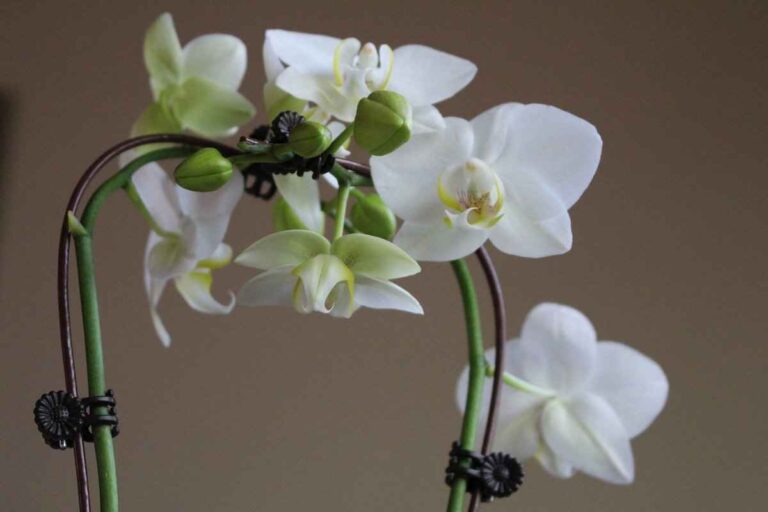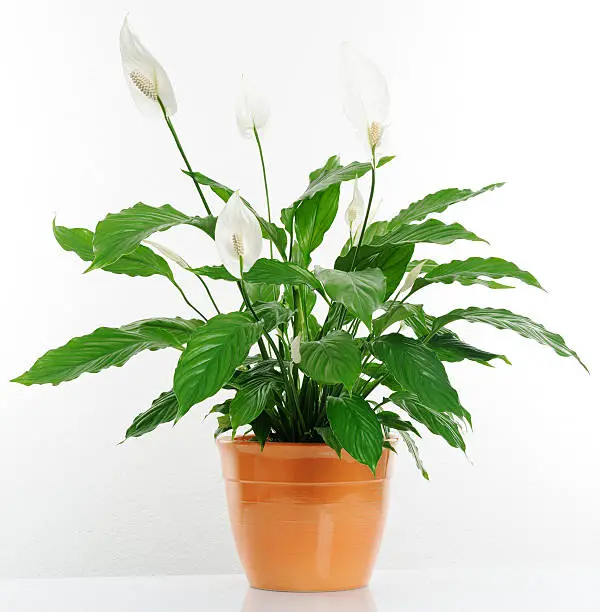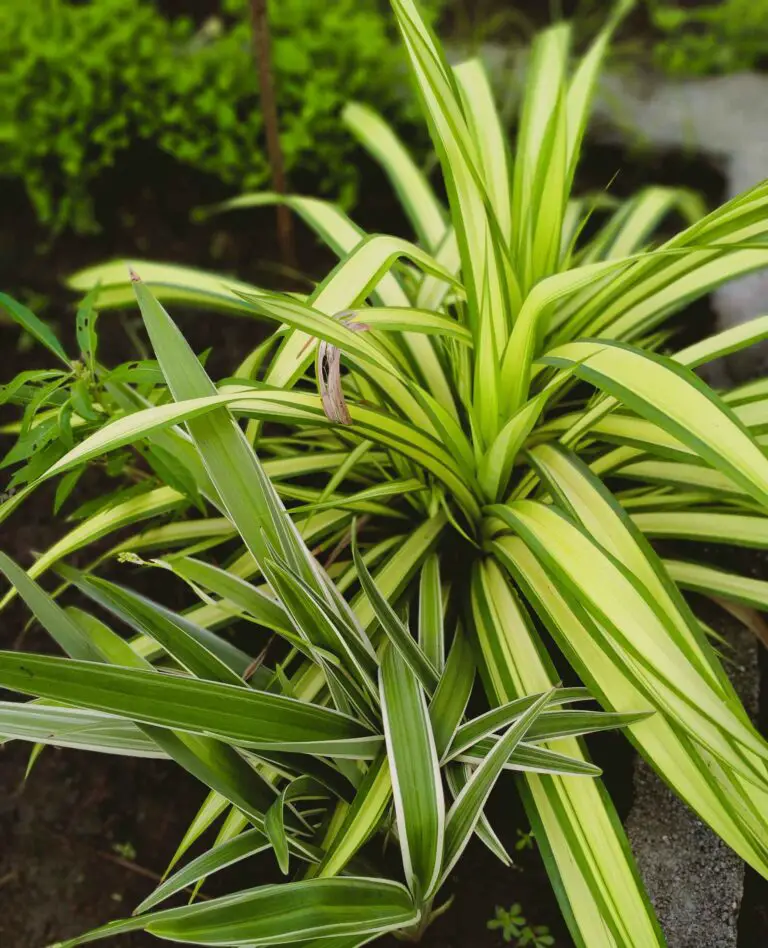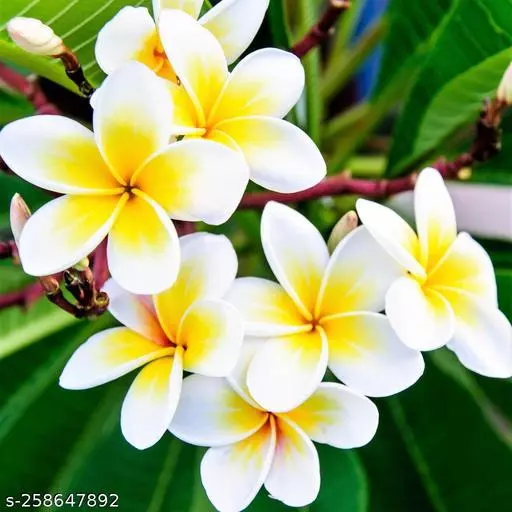I. Introduction to the Prayer Plant
The Prayer Plant, scientifically known as Maranta leuconeura, is a captivating plant that has gained popularity among indoor gardening enthusiasts. Its unique characteristics and striking appearance make it a favorite choice for adding greenery to homes and offices.
II. Botanical Description of the Prayer Plant
The Prayer Plant features distinct physical attributes that contribute to its allure. The plant’s leaves have an intriguing structure and shape, which sets it apart from other houseplants. The leaf coloration and patterns further enhance its beauty, with intricate combinations of vibrant hues.
The growth habit of the Prayer Plant is relatively compact, making it suitable for smaller spaces. It typically reaches a height of around 12 inches (30 cm) and has a spreading nature. The root system of the plant is well-developed, requiring well-draining soil to thrive.
III. Habitat and Distribution
The Prayer Plant is native to the tropical regions of Central and South America. It thrives in the lush rainforests of Brazil, Costa Rica, and other countries in the region. In its natural habitat, the plant enjoys warm temperatures, high humidity levels, and filtered or indirect sunlight.
Due to its aesthetic appeal and unique qualities, the Prayer Plant has gained popularity worldwide. It is now cultivated in various regions, including North America, Europe, and Asia. Gardeners and plant enthusiasts appreciate its beauty and resilience as an indoor plant.
More low light indoor plants
IV. Care and Maintenance of the Prayer Plant
To ensure the well-being of your Prayer Plant, it’s important to provide the right care and maintenance. Here are some essential guidelines:
A. Light requirements: The Prayer Plant prefers bright, indirect light. Avoid placing it in direct sunlight, as it can lead to leaf burn. Filtered or shaded sunlight is ideal for maintaining its vibrant foliage.
B. Temperature and humidity preferences: The Prayer Plant thrives in warm temperatures ranging from 60°F to 85°F (15°C to 29°C). It enjoys high humidity levels, so misting the leaves or placing a humidifier nearby can help create a suitable environment.
C. Watering needs and techniques: Keep the soil consistently moist but not waterlogged. Water the plant when the top inch of soil feels dry to the touch. Avoid overwatering, as it can lead to root rot.
D. Fertilization and soil requirements: Use a balanced, water-soluble fertilizer once a month during the growing season (spring and summer). Use well-draining soil enriched with organic matter to provide the necessary nutrients.
E. Pruning and propagation methods: Regular pruning helps maintain the plant’s shape and encourages bushier growth. You can propagate the Prayer Plant through stem cuttings or by division during repotting.
V. Common Varieties and Cultivars
The Prayer Plant boasts several popular cultivars and variations, each with its own distinctive features. Here are a few noteworthy examples:
A. Maranta leuconeura ‘Erythroneura’: This variety features bright red veins against a green leaf background, creating a visually striking contrast.
B. Maranta leuconeura ‘Kerchoveana’: Known for its beautiful silver-green leaves with dark green patches, this cultivar adds elegance to any indoor space.
C. Maranta leuconeura ‘Fascinator‘: With its elongated leaves and intricate patterns of light and dark green, this cultivar is a favorite among plant enthusiasts.
VI. Benefits and Uses of the Prayer Plant
Beyond its aesthetic appeal, the Prayer Plant offers several benefits and uses:
A. Aesthetic appeal as an indoor plant: The Prayer Plant’s lush foliage and unique leaf patterns make it a visually captivating addition to any indoor space. It adds a touch of nature and liveliness to home and office environments.
B. Air-purifying properties and health benefits: Like many other houseplants, the Prayer Plant helps improve indoor air quality by filtering harmful pollutants and releasing oxygen. It contributes to a healthier living environment.
C. Potential symbolic and spiritual significance: Some people believe that the folding of the Prayer Plant’s leaves during the night resembles praying hands, hence the name “Prayer Plant.” It is associated with tranquility, meditation, and a connection to nature.
VII. Common Issues and Troubleshooting
While the Prayer Plant is generally easy to care for, it can face a few challenges. Here are some common issues and troubleshooting tips:
A. Pests and diseases that affect the Prayer Plant: The plant is susceptible to pests such as spider mites and aphids. Regularly inspect the leaves and stems for signs of infestation and treat them promptly using appropriate organic insecticides.
B. Identification and treatment of common problems: Yellowing leaves may indicate overwatering or inadequate light. Adjust the watering routine and ensure the plant receives the right amount of light. Brown leaf tips can result from low humidity levels, so increase humidity by misting or using a humidifier.
VIII. Conclusion
In conclusion, the Prayer Plant, with its captivating appearance and unique characteristics, is an excellent choice for indoor gardening enthusiasts. By providing the right care and maintenance, you can enjoy its beauty, air-purifying qualities, and potential spiritual significance. Embrace the world of the Prayer Plant and explore the joy it brings to your living spaces.
Frequently Asked Questions (FAQs)
Q1: Can the Prayer Plant tolerate low light conditions? A: While the Prayer Plant prefers bright, indirect light, it can tolerate lower light conditions. However, prolonged exposure to low light may lead to reduced growth and less vibrant foliage.
Q2: How often should I fertilize my Prayer Plant? A: Fertilize your Prayer Plant once a month during the growing season (spring and summer). Use a balanced, water-soluble fertilizer and follow the instructions on the packaging.
Q3: Can I place my Prayer Plant outdoors? A: The Prayer Plant is primarily an indoor plant, but it can be placed outdoors in a shaded or protected area during the summer months. Ensure it is shielded from direct sunlight and harsh weather conditions.
Q4: Is the Prayer Plant safe for pets? A: The Prayer Plant is generally non-toxic to cats and dogs. However, it’s always a good idea to monitor your pets and consult with a veterinarian if you have any concerns about plant safety.
Q5: How can I propagate my Prayer Plant? A: The Prayer Plant can be propagated through stem cuttings or division. Take healthy stems with a few leaves and place them in a well-draining potting mix. Keep the soil moist until new roots develop.







